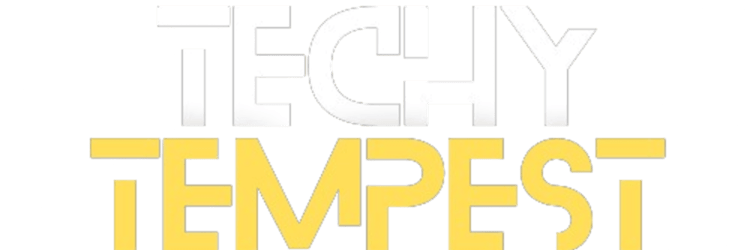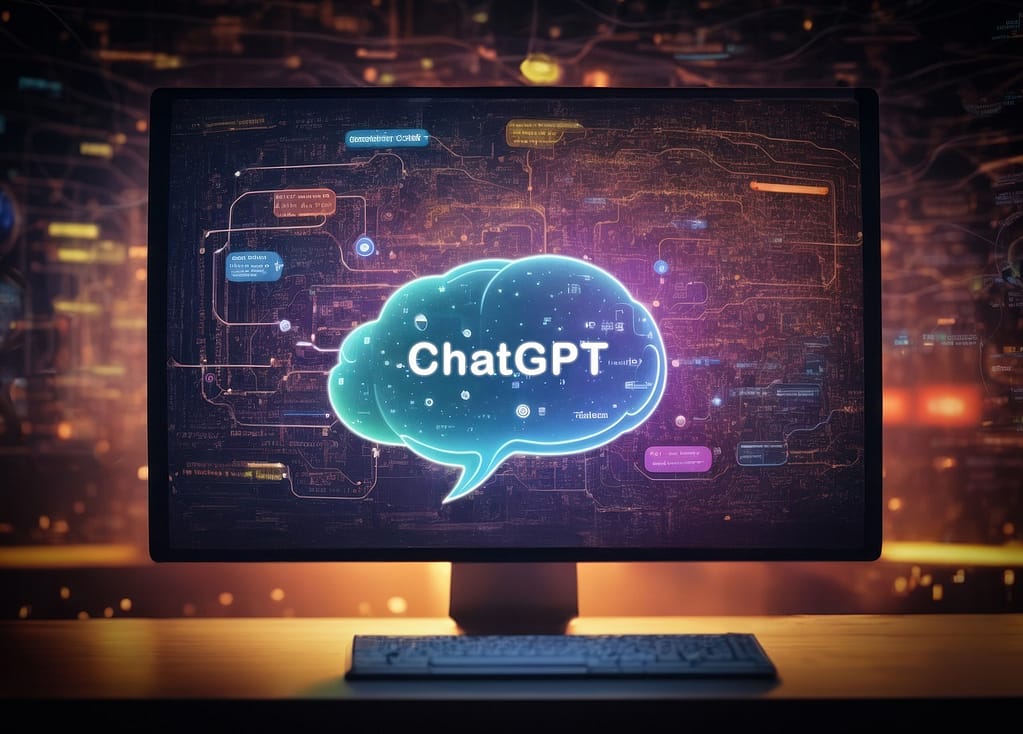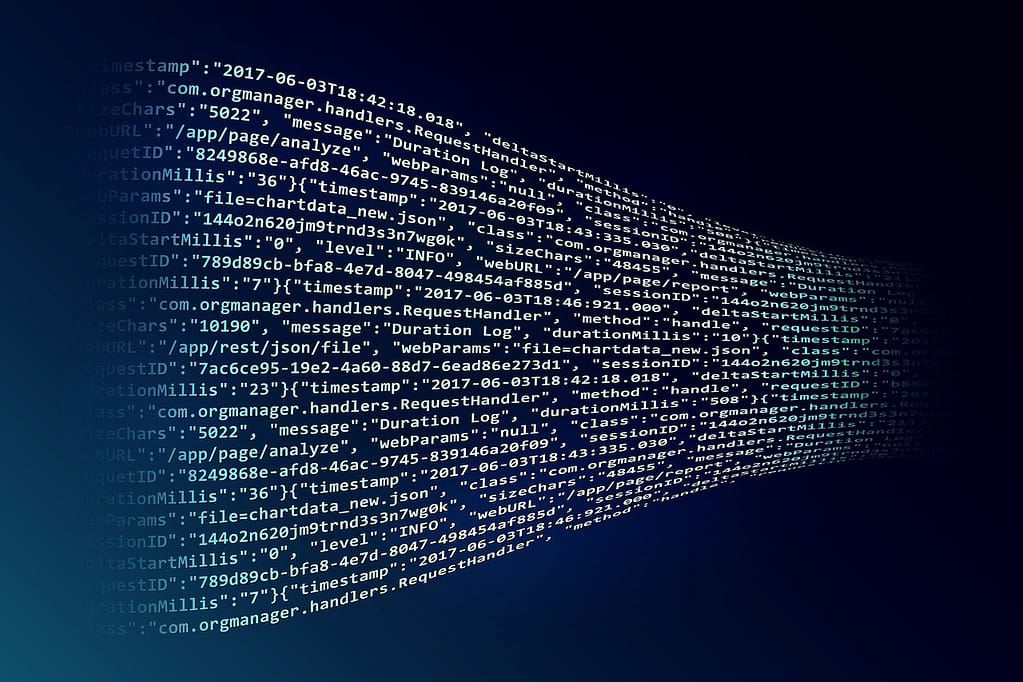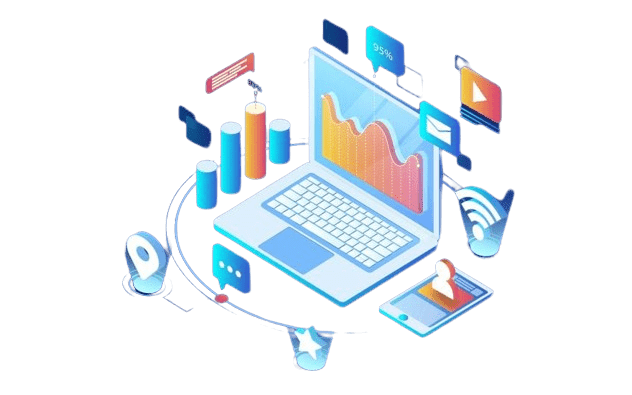Introduction
Imagine a classroom where every student’s learning experience is personalized, where administrative tasks are seamlessly automated, and where educators have the tools to address each learner’s unique needs. This isn’t a futuristic dream; it’s the reality being shaped by artificial intelligence (AI) in education today. The transformative power of AI is revolutionizing education, from personalized learning experiences to intelligent tutoring systems, reshaping the way we teach and learn.
Historical Context
Evolution of Educational Technology
The journey of educational technology began with simple tools like chalkboards and textbooks, gradually incorporating digital resources such as computers and the internet. These technologies laid the foundation for more advanced tools, enabling educators to enhance the learning experience. However, these early technologies were often limited in their ability to cater to individual student needs.
Introduction of AI in Education
AI’s entry into the educational arena marked a significant turning point. Initial implementations focused on automating administrative tasks and providing basic support for teachers. Over time, AI has evolved to offer more sophisticated solutions, from adaptive learning systems to intelligent tutoring, fundamentally transforming education.

AI-Powered Personalized Learning
Adaptive Learning Systems
Adaptive learning systems represent a significant leap forward in personalized education. These systems, like DreamBox and Knewton, use AI algorithms to analyze student performance in real-time. By continuously assessing a student’s strengths and weaknesses, adaptive learning systems tailor the educational content to meet individual needs. For example, if a student excels in mathematics but struggles with language arts, the system adjusts the difficulty level and type of content presented.
Benefits for Students
The primary advantage of AI-powered personalized learning is that it addresses the diverse learning styles and paces of students. This tailored approach not only enhances engagement but also boosts comprehension and retention. Students receive immediate feedback and can progress at their own pace, fostering a more inclusive learning environment.
Teacher’s Role
While AI can significantly enhance personalized learning, the teacher’s role remains crucial. Educators can leverage AI tools to gain insights into student performance, enabling them to provide more targeted support. By automating routine tasks, teachers can focus more on interaction and mentorship, enriching the educational experience.
Intelligent Tutoring Systems (ITS)
Definition and Functionality
Intelligent Tutoring Systems (ITS) are AI-driven platforms designed to simulate one-on-one tutoring. These systems, such as Carnegie Learning and MATHia, use complex algorithms to provide personalized instruction and feedback. By analyzing a student’s responses, ITS can adjust the difficulty level and offer tailored hints and explanations.
Examples of ITS in Use
Carnegie Learning’s MATHia, for instance, offers a comprehensive math tutoring experience. It adapts to the individual needs of students, providing step-by-step guidance and instant feedback. Studies have shown that students using ITS like MATHia often perform better in assessments compared to those receiving traditional instruction.
Impact on Student Performance
Research indicates that ITS can significantly improve student performance. By offering personalized support and immediate feedback, ITS helps students grasp difficult concepts more effectively. This personalized attention mimics the benefits of one-on-one tutoring, leading to higher engagement and better learning outcomes.

AI in Administrative Tasks
Automating Grading and Assessment
One of the most time-consuming tasks for educators is grading. AI can automate the grading process for multiple-choice tests, essays, and even complex assignments. Tools like Gradescope use AI to grade student work efficiently and consistently, freeing up teachers’ time.
Streamlining Administrative Processes
Beyond grading, AI can streamline various administrative tasks such as attendance tracking, scheduling, and communication. Systems like Schoology help manage class schedules, track student attendance, and facilitate communication between teachers, students, and parents.
Reducing Teacher Workload
By automating routine administrative tasks, AI reduces the workload on teachers, allowing them to focus more on teaching and interacting with students. This not only enhances the quality of education but also improves teacher satisfaction and reduces burnout.
AI and Student Engagement
Interactive Learning Tools
AI-driven interactive learning tools like Quizlet and Duolingo make learning more engaging and enjoyable. These tools use gamification techniques to motivate students, providing instant feedback and personalized learning paths.
Virtual and Augmented Reality
Virtual and Augmented Reality (VR/AR) powered by AI offer immersive learning experiences. For example, VR can take students on virtual field trips to historical sites, while AR can overlay interactive elements on textbooks, making learning more dynamic and interactive.
Gamification in Education
Gamification leverages game design elements in educational contexts to boost engagement. AI supports gamification by personalizing challenges and rewards based on student performance, making learning fun and motivating.
Data Analytics and Insights
Learning Analytics
AI enables the collection and analysis of vast amounts of data on student performance. Learning analytics tools use this data to provide insights into student behavior, helping educators identify patterns and predict outcomes.
Early Intervention Systems
AI-powered early intervention systems can identify at-risk students by analyzing performance data. These systems alert educators to students who may need additional support, enabling timely interventions.
Curriculum Improvement
By analyzing student performance data, AI can provide insights into the effectiveness of the curriculum. Educators can use this information to make data-driven adjustments to course content and teaching methods, enhancing overall educational quality.

AI in Special Education
Assistive Technologies
AI-driven assistive technologies play a crucial role in special education. Tools like speech recognition and text-to-speech help students with disabilities to communicate and learn more effectively.
Customized Learning Plans
AI can create individualized education programs (IEPs) for students with special needs. By analyzing each student’s abilities and challenges, AI helps design personalized learning plans that cater to their unique requirements.
Case Studies
There are numerous success stories of AI transforming special education. For instance, AI-powered communication devices have enabled non-verbal students to express themselves, significantly improving their learning experiences and quality of life.
Ethical Considerations and Challenges
Data Privacy and Security
The use of AI in education raises significant concerns about data privacy and security. Ensuring that student data is protected and used ethically is paramount. Schools and technology providers must implement robust data protection measures to safeguard sensitive information.
Bias in AI Algorithms
AI systems can sometimes exhibit biases, which can negatively impact students. It is crucial to continually assess and refine AI algorithms to ensure they are fair and unbiased, providing equitable learning opportunities for all students.
Teacher and Student Adaptation
Adopting AI technologies in education requires both teachers and students to adapt. Educators need proper training to effectively use AI tools, while students must learn to navigate new learning technologies. Overcoming resistance and fostering a positive attitude towards AI is essential for successful integration.
Future Prospects of AI in Education
Emerging Technologies
The future of AI in education looks promising, with emerging technologies poised to further transform learning. Innovations such as AI-driven virtual mentors and advanced learning analytics will continue to enhance personalized learning experiences.
Long-Term Impact
In the long term, AI is expected to bring about significant changes in education. From reshaping traditional classrooms to enabling lifelong learning, AI will play a crucial role in preparing students for the future workforce.
Preparing for an AI-Integrated Future
To thrive in an AI-integrated future, students will need to develop new skills and competencies. Critical thinking, creativity, and digital literacy will be essential, alongside the ability to collaborate with AI technologies effectively.
Conclusion
AI is undeniably transforming education, offering innovative solutions that enhance personalized learning, streamline administrative tasks, and improve student engagement. While challenges such as data privacy and bias must be addressed, the potential benefits of AI in education are immense. As we embrace this technology, it is crucial to maintain a balance between technological advancements and the human elements of teaching. By doing so, we can create an educational environment that is both innovative and inclusive, preparing students for the challenges of tomorrow.




